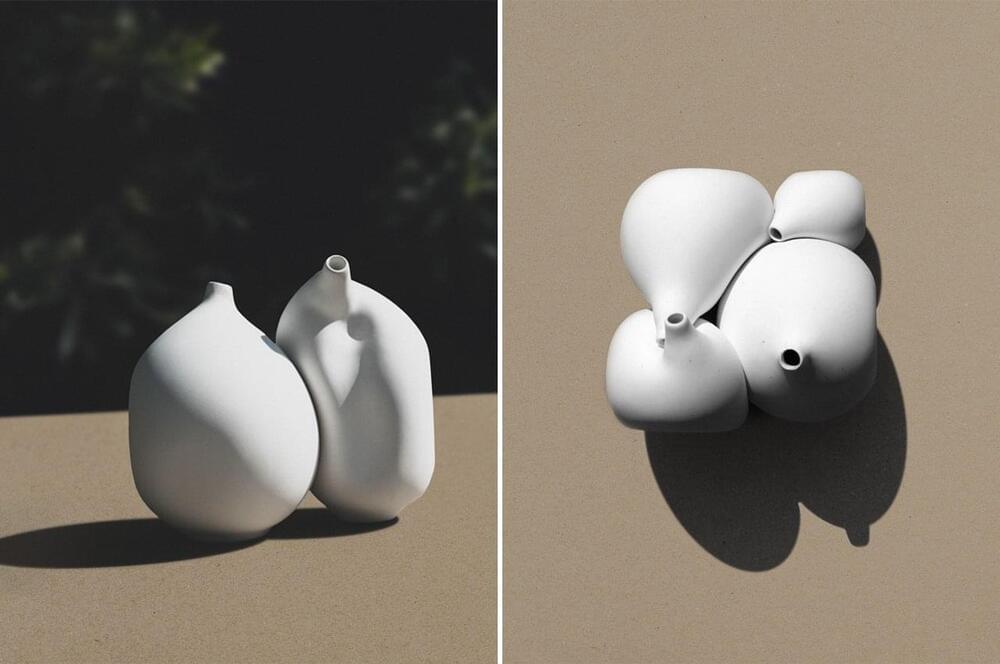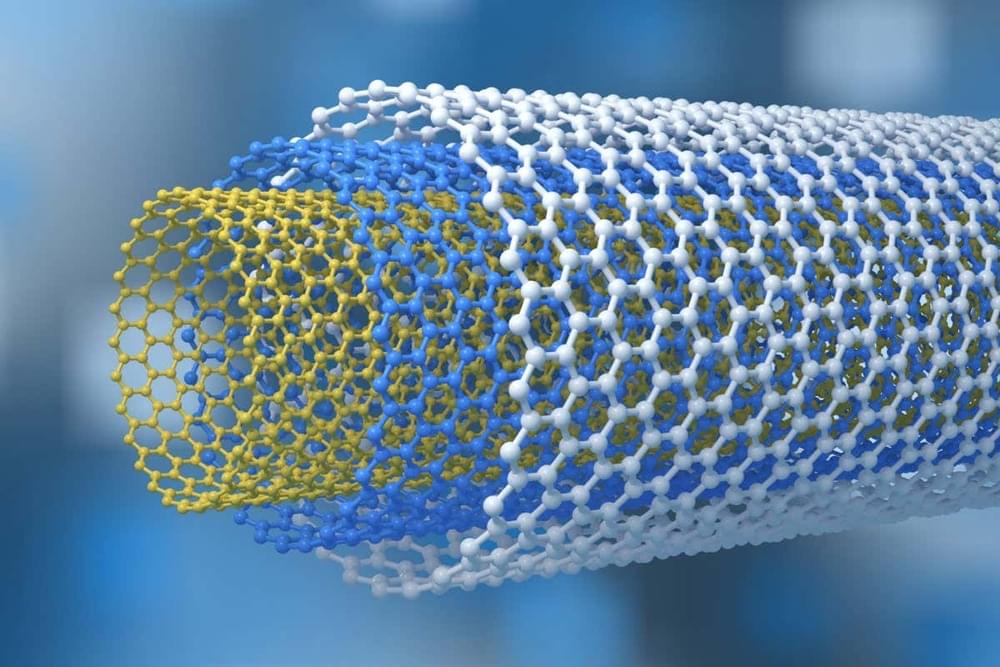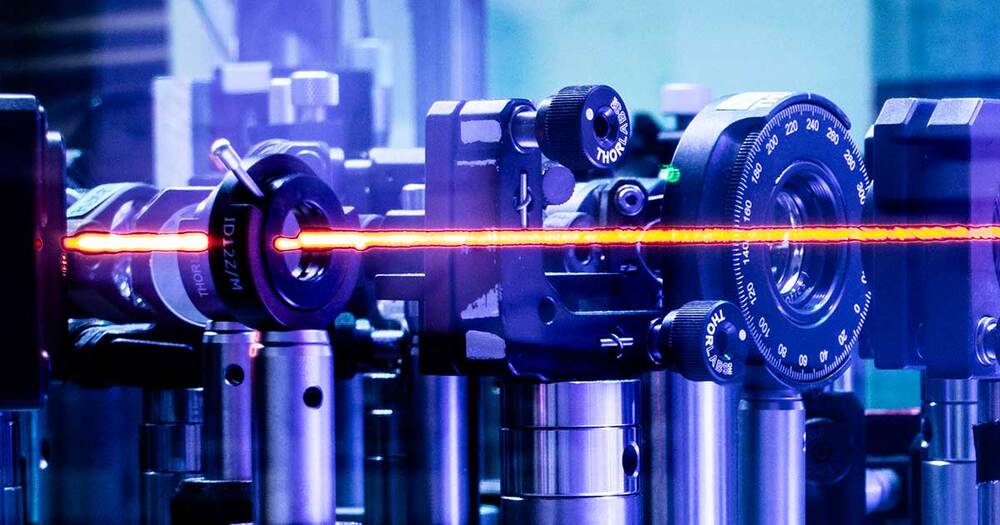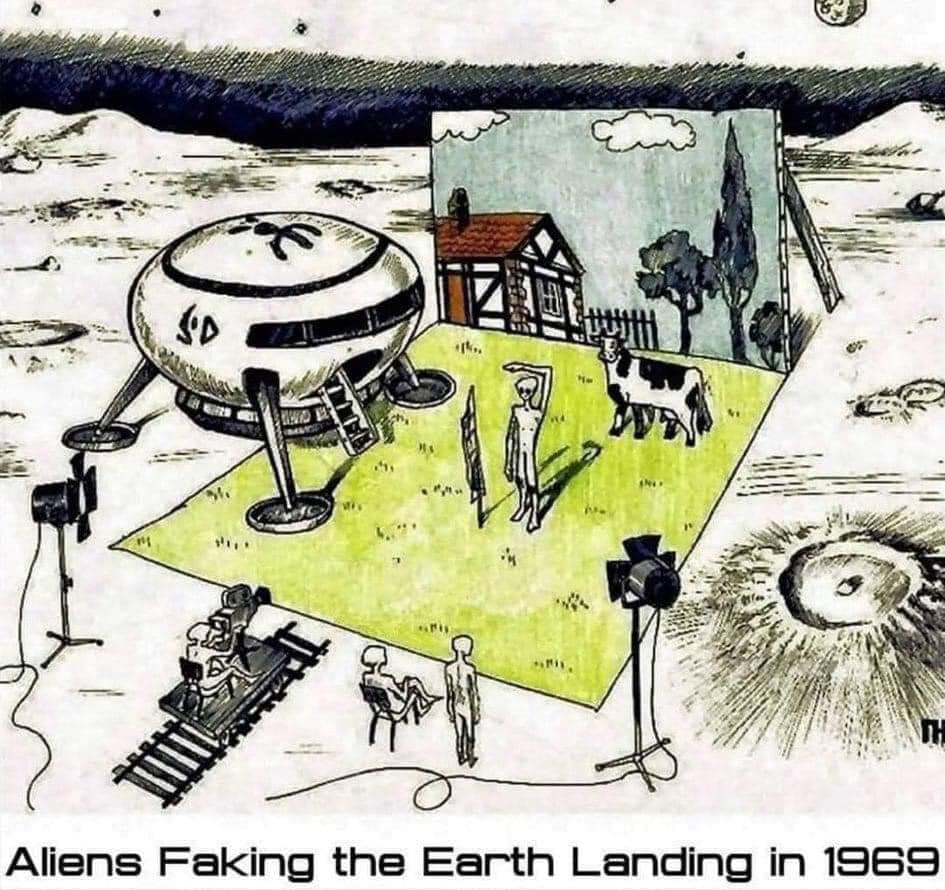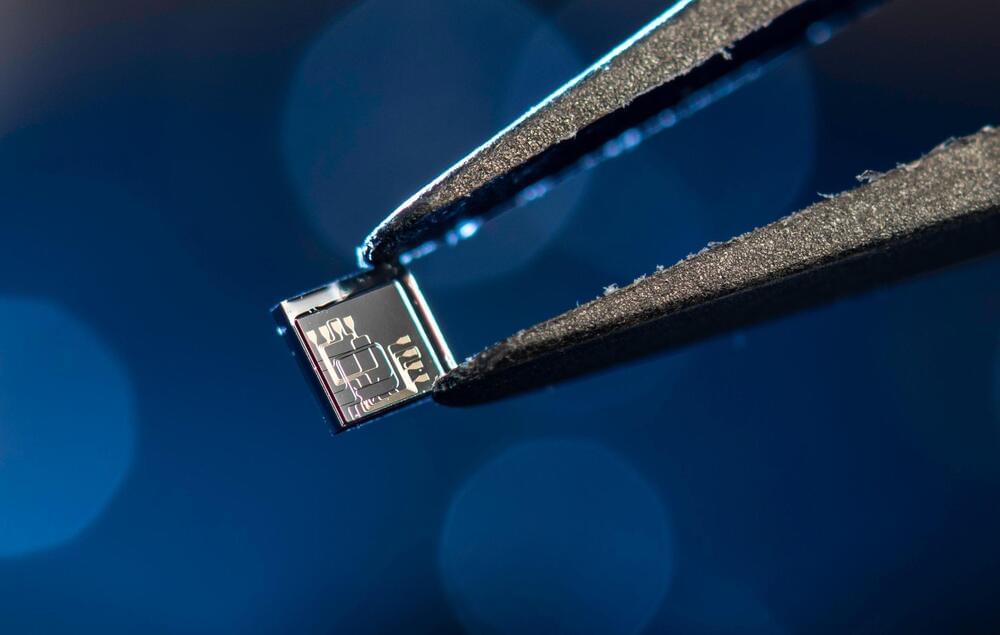Feb 4, 2022
CNC-milled porcelain vases fit together like a three-dimensional puzzle
Posted by Shubham Ghosh Roy in categories: materials, space
Ceramic Bodies is a collection of four porcelain vases that fit together like a three-dimensional puzzle.
Designer Jörg Hugo studied architecture before opening his own design studio. Calling it Studio Jörg Hugo, his work largely explores “the relationship between materiality, form, and space,” as he describes on his personal website. Relying on either digital or analog design methods and production techniques, Hugo creates timeless pieces that completely reinterpret how we interact with space and material. One of his most recent projects, Ceramic Bodies, comprises a collection of four porcelain vases that almost appear to melt into each other like a three-dimensional puzzle.
Designer: Jörg Hugo
